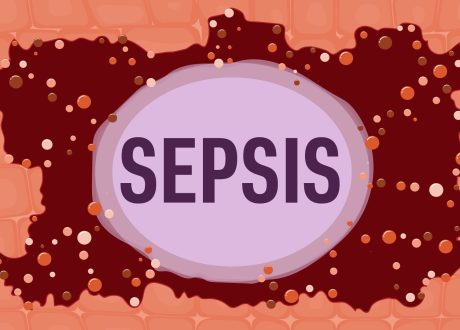Bjorn C. Westgard, MD, MA, Matthew W. Morgan, MD, Gabriela Vazquez-Benitez, PhD, MSC, Lauren O. Erickson, MS, Michael D. Zwank, MD
Abstract
Objective: In the initial period of the COVID-19 pandemic there has been a substantial decrease in the number of patients seeking care in the ED. An initial step in estimating the impact of these changes is to characterize the patients, visits, and diagnoses for whom care is being delayed or
deferred.
Methods: We conducted an observational study, examining demographics, visit characteristics, and diagnoses for all ED patient visits to an urban Level-1 trauma center before and after a state emergency declaration and comparing them to a similar period in 2019. We estimated percent change based on the ratios of before and after periods with respect to 2019 and the decline per week using Poisson regression. Finally, we evaluated whether each factor modified the change
in overall ED visits.
Results: After the state declaration, there was a 49.3% decline in ED visits overall, 35.2% (95%CI: -38.4 to -31.9) as compared to 2019. Disproportionate declines were seen in visits by pediatric and older patients, women, and Medicare recipients as well as for presentations of syncope, cerebrovascular accidents, urolithiasis, abdominal and back pain. Significant proportional increases were seen in ED visits for upper respiratory infections, shortness of
breath, and chest pain.
Conclusions: There have been significant changes in patterns of care-seeking during the COVID-19 pandemic. Declines in ED visits, especially for certain demographic groups and disease processes, should prompt efforts to understand these phenomena, encourage appropriate
2
care-seeking, and monitor for the morbidity and mortality that may result from delayed or
deferred care.









